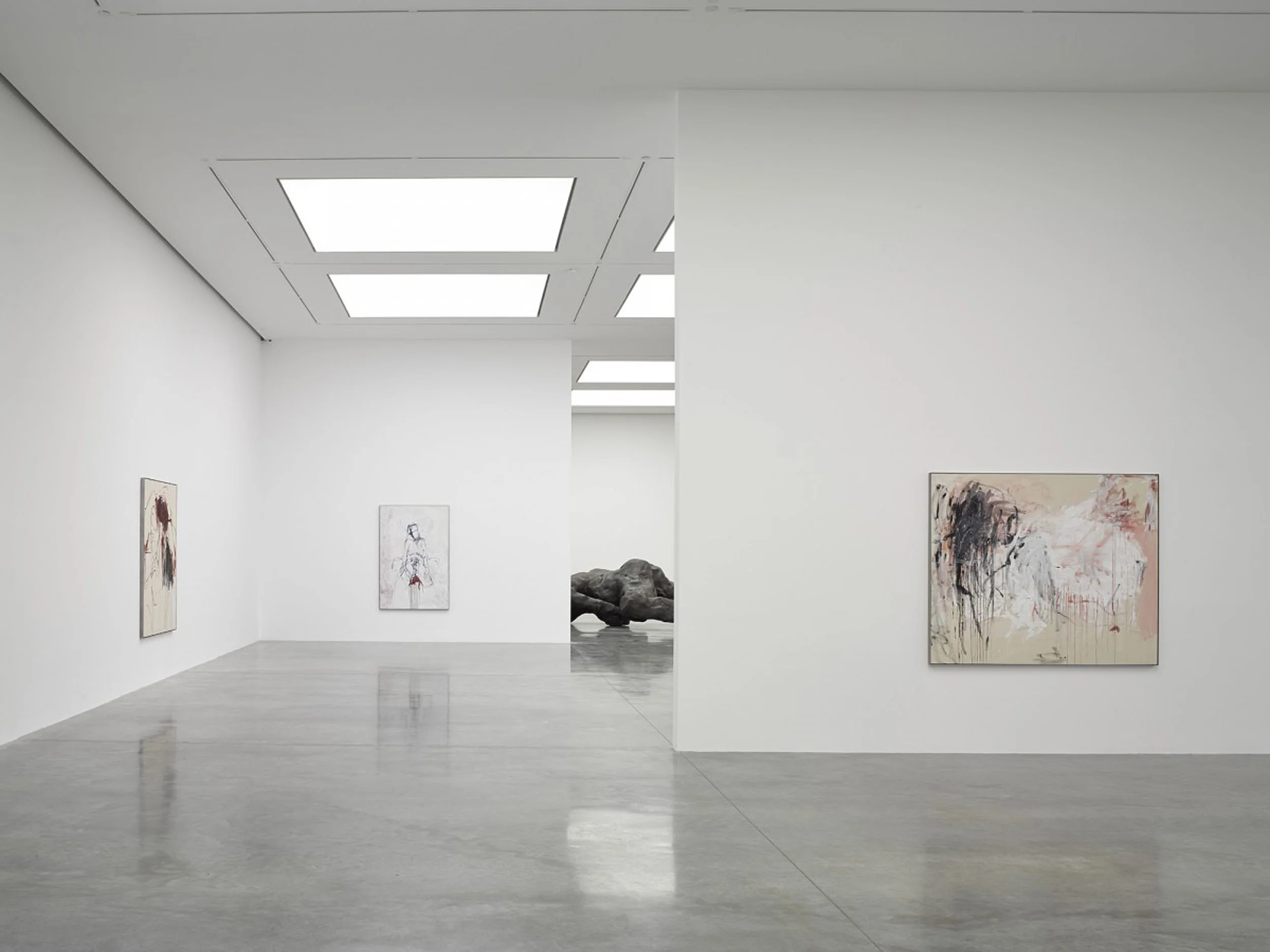The Personal and the Provocative: Tracey Emin at the White Cube, Bermondsey
Arguably all art is about death – its defiance, its acceptance, or more simply an acknowledgment of time’s passing. Tracey Emin’s most recent series of work is not a subtle ode to death or the spending of life - it is tangibly, viscerally, about death; each work is an unmediated expression of her emotional life.
Emin’s solo presentation at the White Cube, Bermondsey, is populated with works that explore motherhood, life, loss, lust, and torment. Filling the industrial-sized gallery is a series of works that run the full breadth of art history, from traditional media such as paint on canvas and sculpture cast in bronze to an installation of unsettling and ultra-contemporary selfies.
6 February 2019 — 7 April 2019
White Cube, Bermondsey
144-152, Bermondsey St, London
The series of 50 photographic self-portraits documents the artist during periods of insomnia; the images loom over the viewer, intimidating in their large scale and unflinching honesty. The self-portraits lay bare the artist’s exhaustion, weariness, bruises and scars – and the frank display, which is situated at the entrance of the gallery, signals the tone of the exhibition as a whole.
‘Fortnight of Tears,’ so titled after a painting of the same name, features more than 30 canvases, an extensive series of works on paper, three large-scale bronze sculptures, a neon and two videos – one that dates from 1996, and another from 2018. The colour palette has a gothic feel – dark, deep reds and purples sit alongside black, brown and bronze. Canvas is kept raw, and moments of pink allude to the body and to femininity.
The female form is at the centre of each painting, its physicality expressed as a site of trauma, pleasure, nurture, and ageing. Emin paints the female experience, not the female body.
Without revising, revisiting or editing, Emin’s paintings capture the immediacy and the honesty of the first draft. Pockets of colour and energy are dispersed over the surface, the canvas left raw, making the spare marks seem more powerful. Emin paints using a simplified colour palette, the works have a naïve, scribbly quality and the compositions are seemingly instinctive.
The works are not crafted, perfected, polished or smoothed. No matter the medium, Emin’s works are direct - almost to the point of ugliness. The paintings speak in the language of expressionism, abstraction and gestural figuration, where marks and lines are placed loosely; the subject is present, but the viewer must care to find it.
Language helps to tighten and shape the meaning of the paintings - and throughout Emin’s oeuvre as a whole, the verbal is as important as the visual. Her work in neon acts as an advert for the thoughts, ideas and snippets of conversation that have shaped the artist’s life and work - each scrawled in her own inimitable handwriting.
Many of the paintings - including the exhibition’s eponymous piece - move away from abstraction and painterly-ness to express universal yet personal revelations: “Not to love the person you are with is a crime.” The title of each work is written onto the canvas’s surface; some are poetic, others bluntly literal, but in each case, the evocative, emotional language that Emin chooses creates a context for the piece to sit within – and a dialogue is struck up between text and image.
Emin harnesses the efficient, communicative power of language in her work in order to confess the intimate, painful and inevitable moments of life.
In an age of over-sharing, the confessional nature of Emin’s work no longer feels shocking, and the once-provocative themes of sex and death feel commonplace – ordinary, even. Immediate and unfiltered, Emin does not obstruct or abstract her emotions as she continues to turn her life into art.
All images courtesy White Cube


















